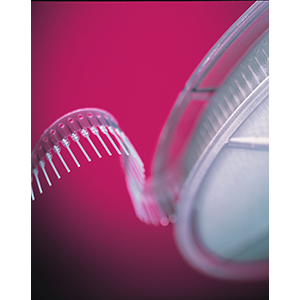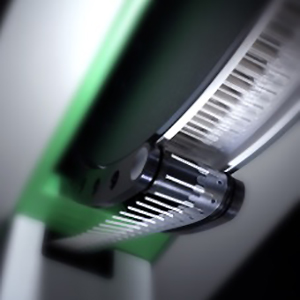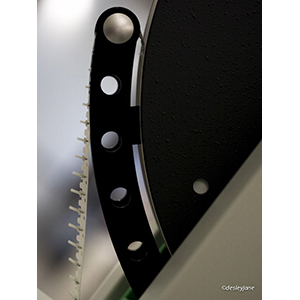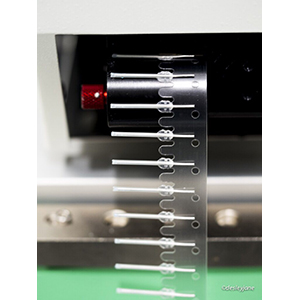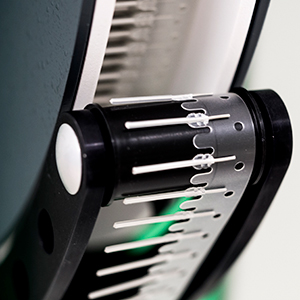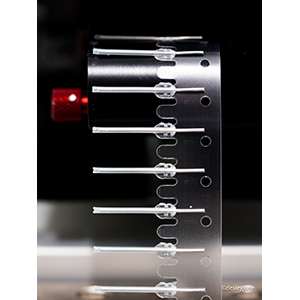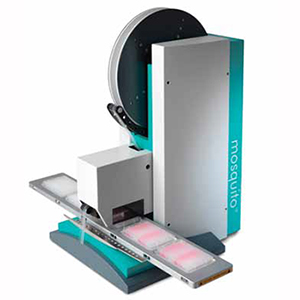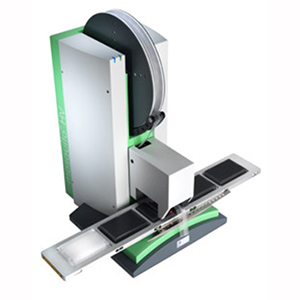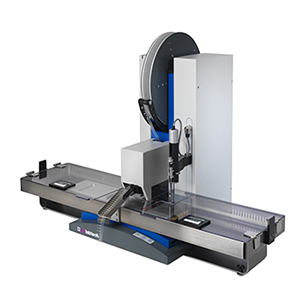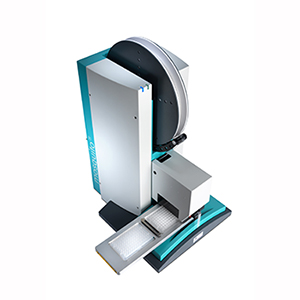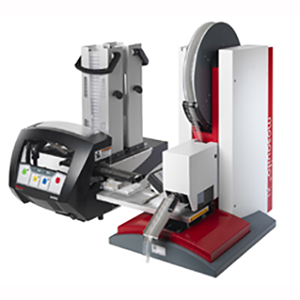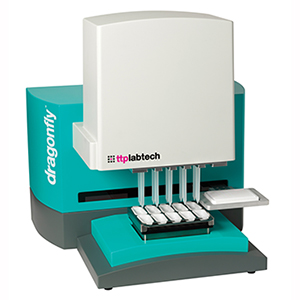Automated Liquid Handling
10 Reasons to Automate Your Liquid Handling
- Save time
- Miniaturise and save money
- Remove human error
- Free up staff for other tasks reporting, planning, grant writing, data analysis
- Better sample tracking
- Reduce incidence of Repetitive Strain Injury (RSI)
- Increase throughput and efficiency
- Reduce user exposure to dangerous samples
- Accurate low volume dispensing
- Save space
Factors to Consider When Automating Your Pipetting Process
Efficient and robust automation of laboratory pipetting processes is dependent on a number of factors and it is important to consider all of them when considering automation for your laboratory.
Pipetting Technology
Positive Displacement Pipetting is the pipetting technology utilises a physical piston to aspirate and dispense liquid. The piston touches the liquid that is being moved and draws it up and down within the pipette. The absence of an air/liquid or liquid/liquid interface ensures the most accurate and robust pipetting activity. In addition, the piston pushes down through the tip, ensuring that all of the liquid is pushed out of the tip.
Problem Liquids
Most automated liquid handling systems do not utilise true positive displacement pipetting. In order for those systems to deal with problem liquids, the user needs to implement special software settings to control the way that the liquid moves within the tip. These settings can be time-consuming to get right. With true positive displacement pipetting, traditionally problematic liquids such as ethanol, glycerol, PEG, detergents, are pipetted with ease and generally without modifications to the default settings. This is due to the way the tips work by using a piston to move the liquid up and down within the barrel of the tip.
Accuracy and Precision
It is important for an automated system to provide the user with confidence that their samples and reagents will be pipetted in a reproducible, accurate and precise way.
Cross-Contamination Avoidance
It is vital in biological applications to avoid cross-contamination. This is usually done with the use of disposable tips. In hand-held pipettes and in most automated systems, the same head pipettes multiple samples so in these systems it is often a requirement to use barrier tips as well. In a true positive displacement system where the pipette head is contained within the pipette tip itself then barrier tips are not required.
Software
Often overlooked in the past, the software interface should be user-friendly and it should not require someone with specialist technical capabilities to write programs for the automated system. When combined with pipetting technologies that negate the need for creating specialised files for handling problem liquids, software can be easy-to-use and should empower the user to be able to set up a variety of protocols for everyday use of the system.
Tip Build Quality
The pipette tips are the backbone of your liquid handling system. Without high quality tips, accuracy, precision and sample integrity are all compromised.
Future-Proofing
It is important that an automated liquid handling system can grow with you laboratorys changing needs. A system that is capable of performing a number of tasks and capable of miniaturising assays will be able to cope with the changing laboratory landscape.
Partnering with AXT
AXT is able to provide you with the mosquito and dragonfly systems from TTP Labtech. These automated liquid handling systems utilise the benefits of true positive displacement pipetting technology to deliver outstanding performance for precise and repeatable nanolitre pipetting, every time, irrespective of liquid viscosity or environmental conditions.
Applications
Molecular Biology |
Screening |
Protein Crystallography |
General Applications |
| qPCR / PCR setup | SNP genotyping | Hanging drop | 96 to 384 to 1536 transfers |
| Next Generation Sequencing | Cell- or bead-based assay setup | Sitting Drop | Miniaturised serial dilutions |
| RNAi screening | Enzymatic assays | Microbatch | Plate replication |
| Pooling | ELISAs and ELISA alternatives | Seeding | |
| Cherrypicking (with the mosquito X1) | Additice Screening | ||
| Preparation of assay-ready plates for screening | Lipid Cubic Phase (LCP) |

